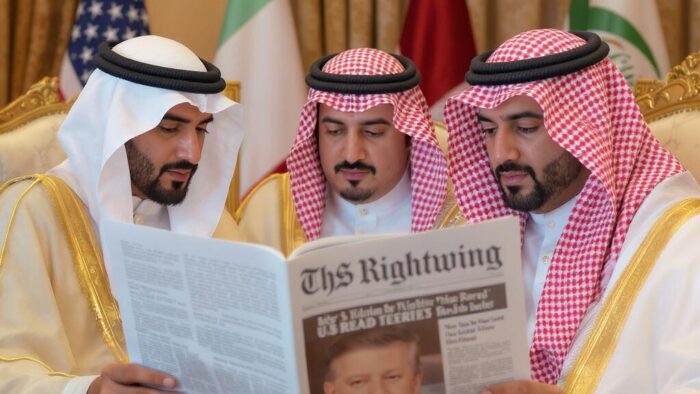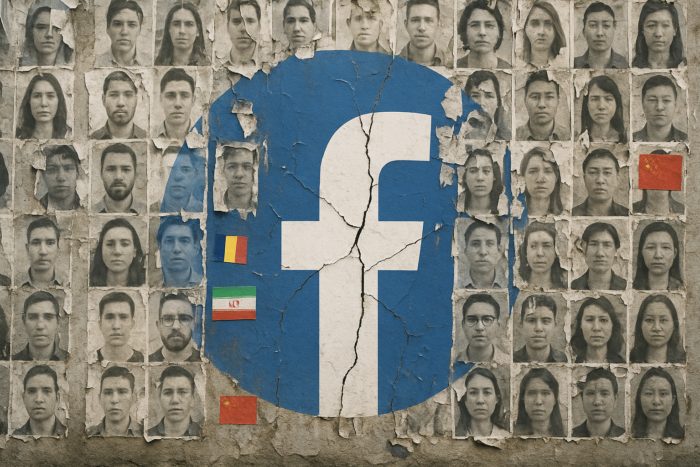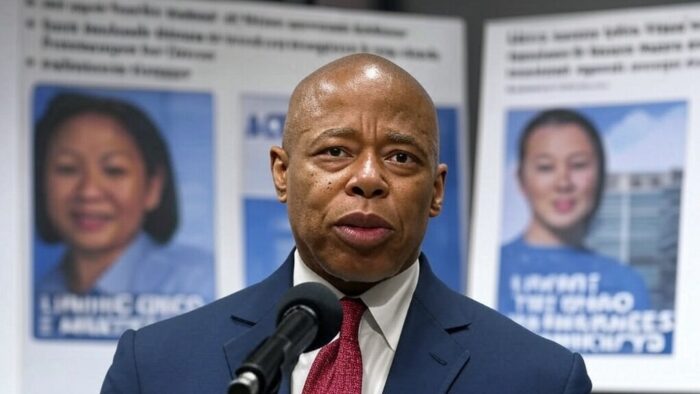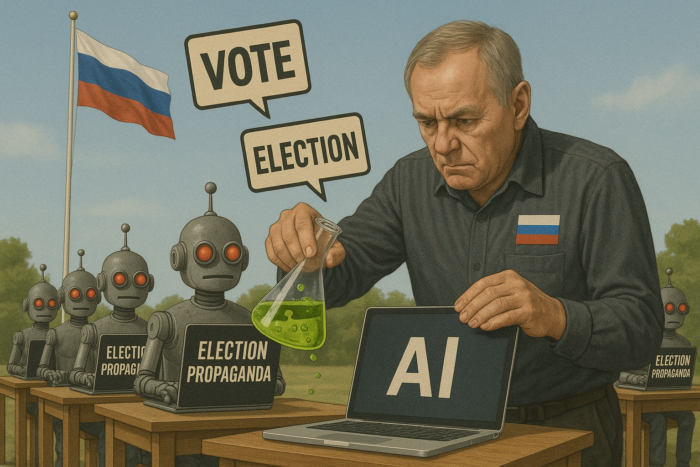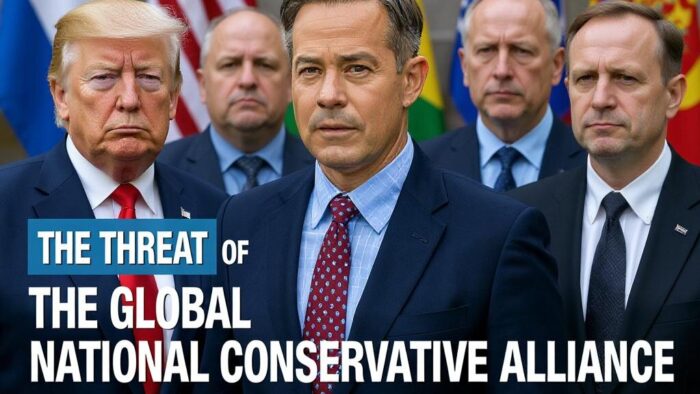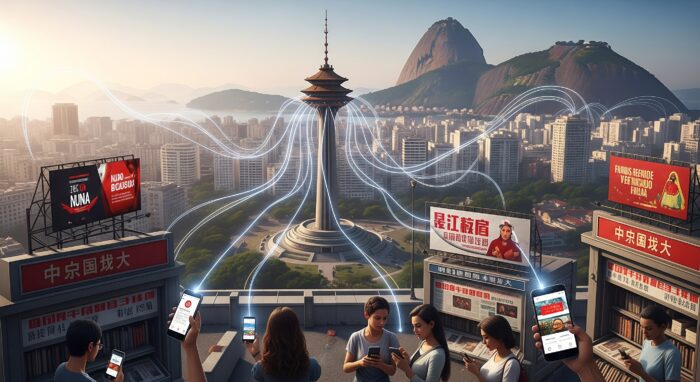China’s Australia youth exchange programs have emerged as Beijing’s latest soft power strategy to cultivate goodwill among young Australians as part of a coordinated influence campaign targeting future alliance-builders. On 22 July 2025, ABC News reported that following Premier Li Qiang’s meeting with Prime Minister Anthony Albanese, both sides agreed to welcome more young Australians to China through Beijing’s state-sponsored programs, extending the model already launched with the United States to bring 50,000 Americans to China over five years. The article begins:
Beijing is launching a charm offensive aimed at the younger generation of Australians because shaping minds today means shaping alliances tomorrow. China wants to be seen differently on the global stage: more open, more modern and less threatening. For President Xi Jinping, changing how the world sees China is now a national priority. And in a new phase of China–Australia diplomacy, he’s targeting young people — including teenagers and university students — to help achieve it. In a joint statement following Chinese Premier Li Qiang’s bilateral meeting with Prime Minister Anthony Albanese in the Great Hall of the People last week, both sides agreed to “welcome more young Australians travelling to China” through Beijing’s youth exchange programs.
Key Points
- China’s Young Envoys Scholarship program with the US aims to bring 50,000 young Americans to China over five years, with the government covering all expenses, including flights and accommodation
- The programs are run under supervision of the Chinese Communist Party’s International Liaison Department, the same agency responsible for managing foreign political relationships
- Critics report participants being steered away from politically sensitive topics, warned about social media posts, and shown scripted versions of Chinese life rather than authentic experiences
- Australia has deliberately avoided committing to a 50,000-person quota like the US, proceeding with caution amid concerns about foreign interference and political backlash
China’s Influence Operations & Interference in Australia
China’s influence operations in Australia employ a sophisticated and persistent array of tactics aimed at shaping public discourse and political outcomes. These efforts include cultivating pro-Beijing voices in elite circles, controlling Chinese-language media, and using social media platforms like WeChat for propaganda and to harass dissidents. The Chinese Communist Party (CCP) also leverages religious organizations, with Australian Buddhist groups tied to the CCP and Taoist networks operating as CCP tools, providing platforms to engage with Australian politicians.
In response, Australia passed the Foreign Influence Transparency Scheme in 2018; however, these influence operations remain blatant, raising questions about the law’s enforcement. The challenge is compounded by the use of advanced digital strategies, including AI-driven disinformation campaigns designed to poison AI systems with propaganda and interfere in elections. Despite these pressures, legal actions are being taken, resulting in a historic conviction for a foreign influence plot under the country’s national security laws.
External References:
-
Countering China’s Influence Operations: Lessons from Australia
-
China’s Influence Efforts Are Expanding—But They Also Often Are Failing
Disclaimer
The Global Influence Operations Report (GIOR) employs AI throughout the posting process, including generating summaries of news items, the introduction, key points, and often the “context” section. We recommend verifying all information before use. Additionally, images are AI-generated and intended solely for illustrative purposes. While they represent the events or individuals discussed, they should not be interpreted as real-world photography.






